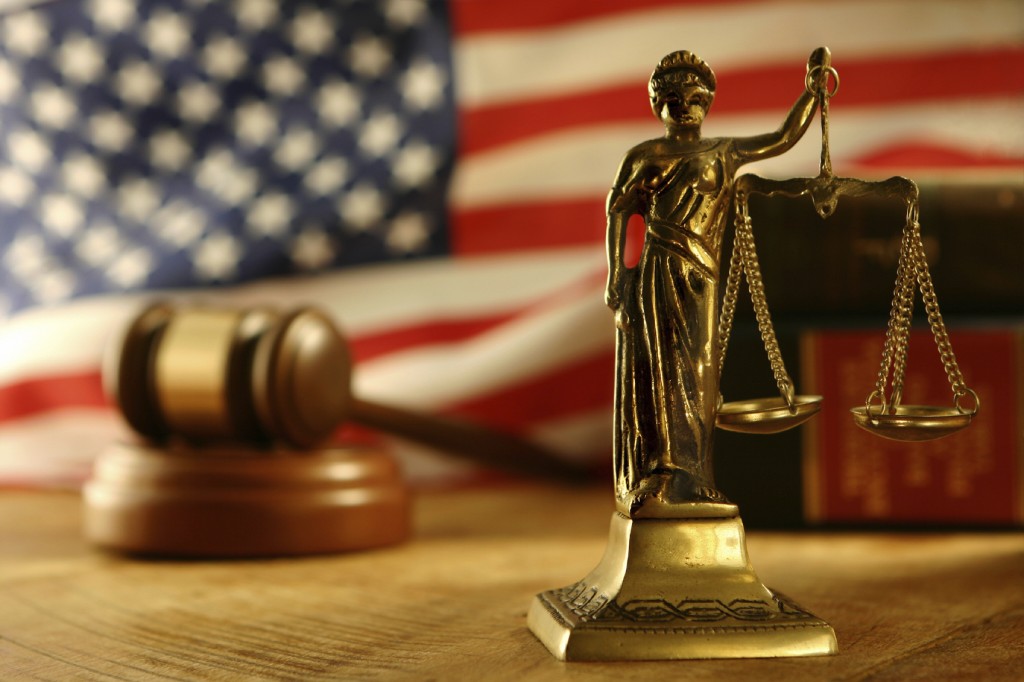
Colleges and universities have mastered the art of talking about the importance of their commitment to diversity, both in their faculty and student bodies.
- The Legion of Black Collegians at the University of Missouri draw attention to lack of black faculty members
- There are disappointingly few traditionally white institutions (TWIs) with satisfactory percentages of black faculty
- Diverse faculty means diverse teaching
- The solution is appointing more black deans, presidents, and department chairs at TWIs
However, when it comes to putting their money where their mouth is – also known as actually hiring black faculty – most schools have trouble committing to that rhetoric. This reality is further underscored by the recent racial issues at the University of Missouri which led to the resignation of the president.
Moreover, the Legion of Black Collegians at the UM have written a list of demands, and the fifth item reads like this: “We demand that by the academic year 2017-2018, the University of Missouri increase the percentage of black faculty and staff campus-wide to 10 percent.”
The Legion of Black Collegians added that “it’s an uncomfortable and unacceptable shame” that we’re almost two decades into the new millennium and we still have trouble integrating university faculty and administration. The University of Missouri has the chance to become a national exemplar if the LBC’s demands of reaching 10 percent in black faculty are fulfilled.
According to the most recent study conducted on the matter – the Journal of Blacks in Higher Education (JBHE) report of 2007 – there are disappointingly few traditionally white institutions (TWIs) that achieved a decent level of diversity among their faculty ranks.
Even though the report was conducted nearly a decade ago, it showed that, at the current pace of change, more than a century and a half will pass before “the percentage of African-American faculty reaches parity with the percentage of blacks in the nation’s population.”
And they were somberly right, because at most of the TWI schools, percentages haven’t changed much. Some have even dropped from nearly a decade ago, such as the University of Virginia, where blacks account for only 3.1 percent of all faculty. Harvard isn’t doing any better; in 2013, the faculty included 56 – out of more than 1,570 members.
One of the reasons why this matters is because diverse faculty means diverse teaching, something that college students could highly benefit from. Such interaction can offer students a much-needed antidote to the myth that black people are intellectually inferior.
Image Source: The Political Insider

Leave a Reply
You must be logged in to post a comment.